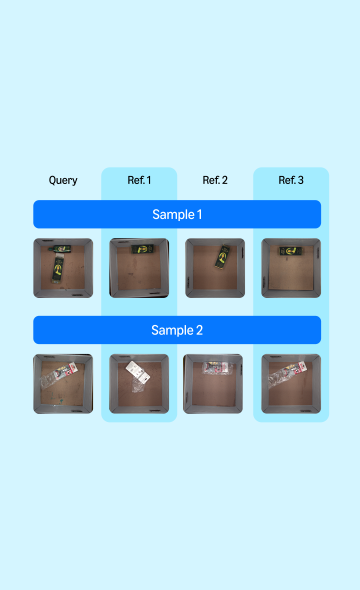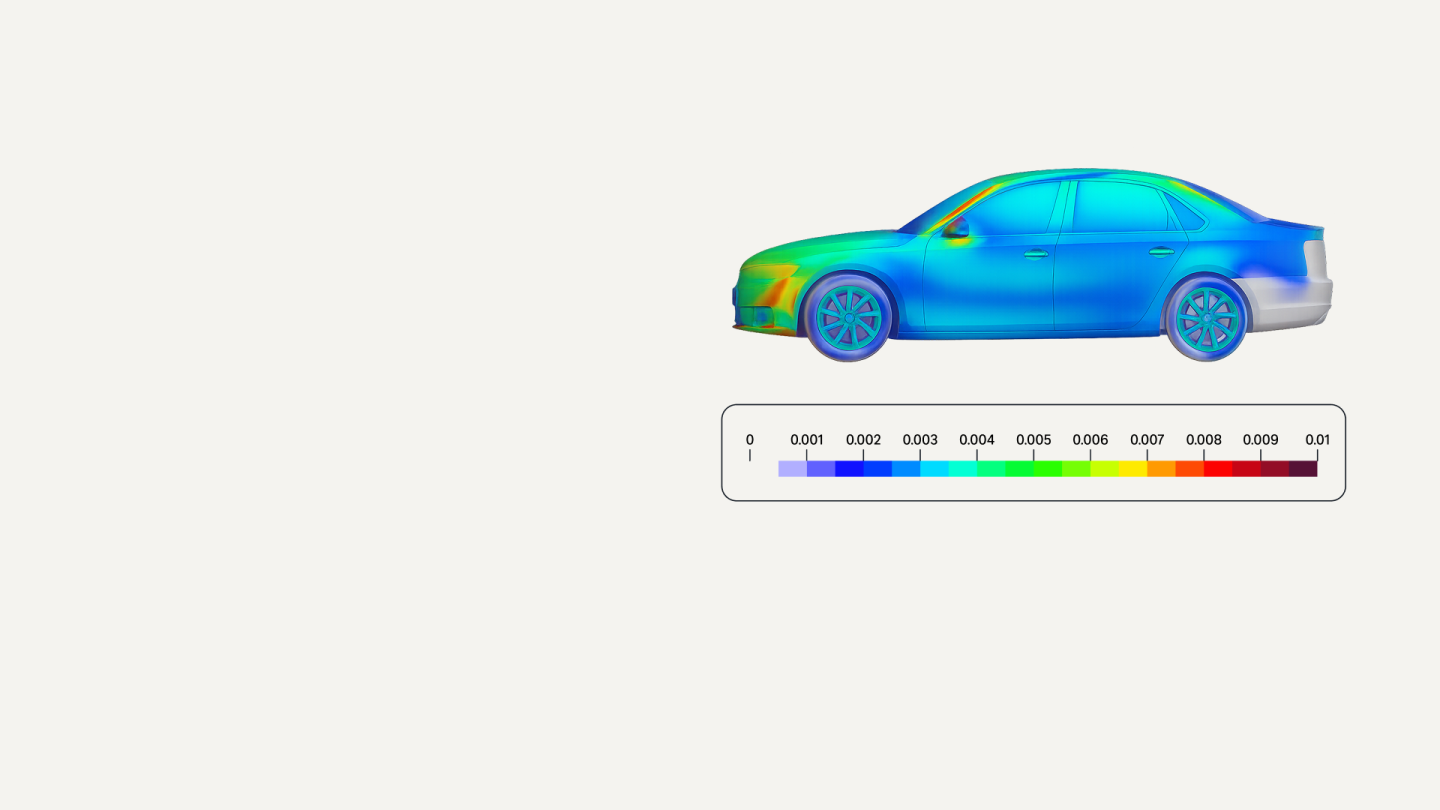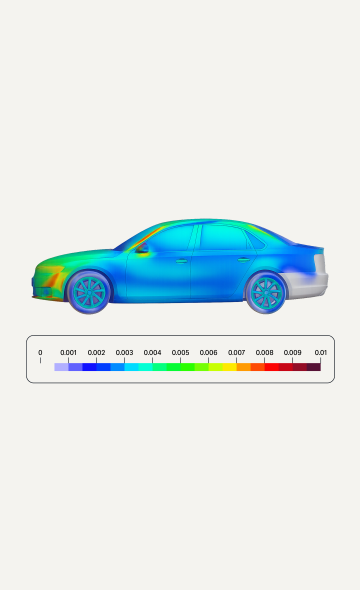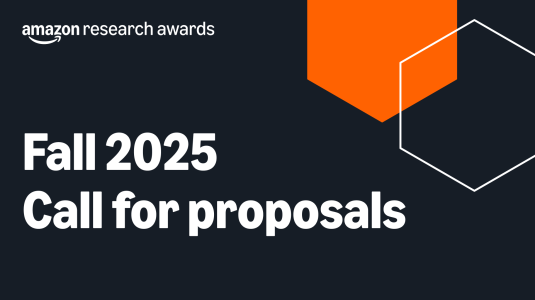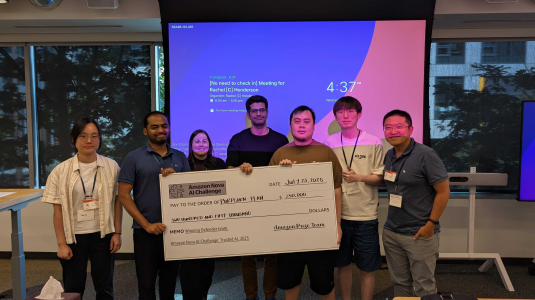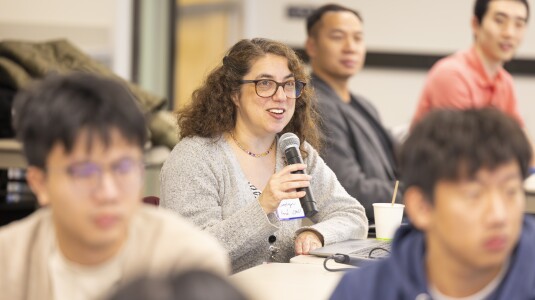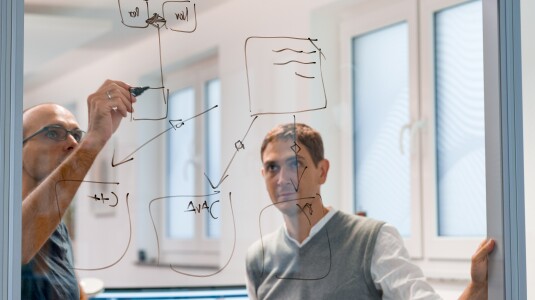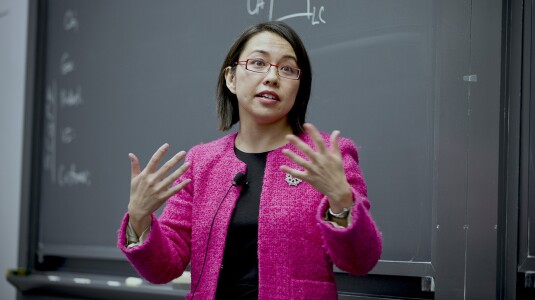Customer-obsessed science
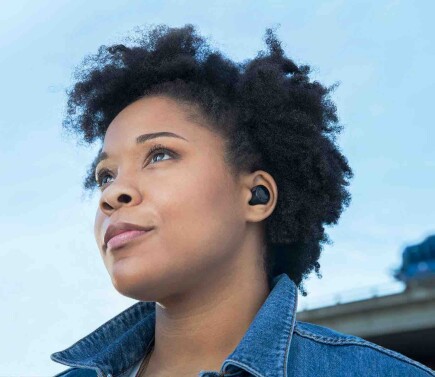
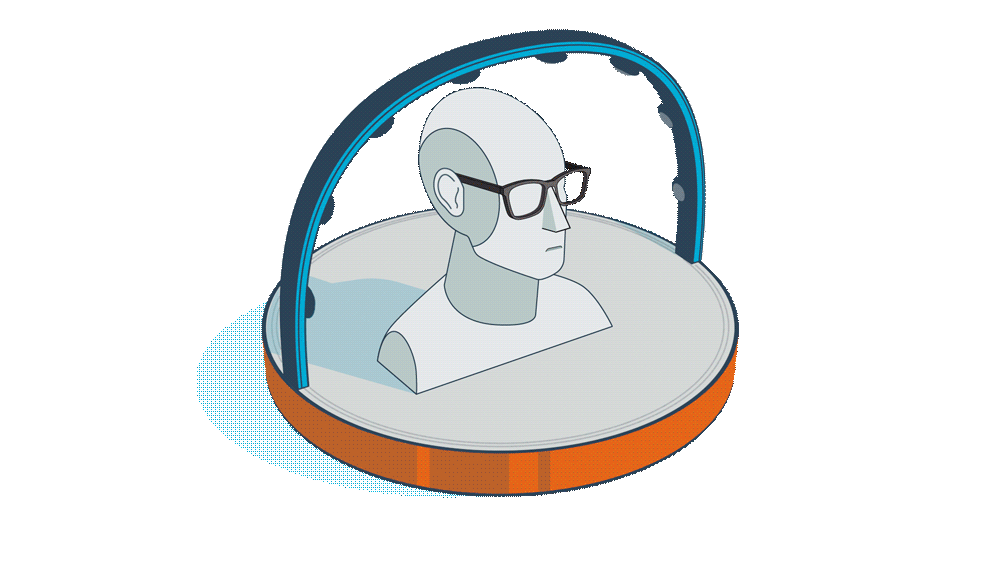
Research areas
-
September 2, 2025Audible's ML algorithms connect users directly to relevant titles, reducing the number of purchase steps for millions of daily users.
-
-
Featured news
-
AISTATS 20252025Low precision (LP) datatypes such as MXFP4 can accelerate matrix multiplications (GEMMs) and reduce training costs. However, directly using MXFP4 instead of BF16 during training significantly degrades model quality. In this work, we present the first near-lossless training recipe that uses MXFP4 GEMMs, which are 2× faster than FP8 on supported hardware. Our key insight is to compute unbiased gradient estimates
-
2025We present unexpected findings from a large-scale benchmark study evaluating Conditional Average Treatment Effect (CATE) estimation algorithms, i.e., CATE models. By running 16 modern CATE models on 12 datasets and 43,200 sampled variants generated through diverse observational sampling strategies, we find that: (a) 62% of CATE estimates have a higher Mean Squared Error (MSE) than a trivial zero-effect
-
User modeling in large e-commerce platforms aims to optimize user experiences by incorporating various customer activities. Traditional models targeting a single task often focus on specific business metrics, neglecting the comprehensive user behavior, and thus limiting their effectiveness. To develop more generalized user representations, some existing work adopts Multi-task Learning (MTL) approaches.
-
2025Reasoning and linguistic skills form the cornerstone of human intelligence, facilitating problem-solving and decision-making. Recent advances in Large Language Models (LLMs) have led to impressive linguistic capabilities and emergent reasoning behaviors, fueling widespread adoption across application do-mains. However, LLMs still struggle with complex reasoning tasks, highlighting their systemic limitations
-
2025Object 6D pose estimation is a critical challenge in robotics, particularly for manipulation tasks. While prior research combining visual and tactile (visuotactile) information has shown promise, these approaches often struggle with generalization due to the limited availability of visuotactile data. In this paper, we introduce ViTa-Zero, a zero-shot visuotactile pose estimation framework. Our key innovation
Conferences
Academia
View allWhether you're a faculty member or student, there are number of ways you can engage with Amazon.
View all


